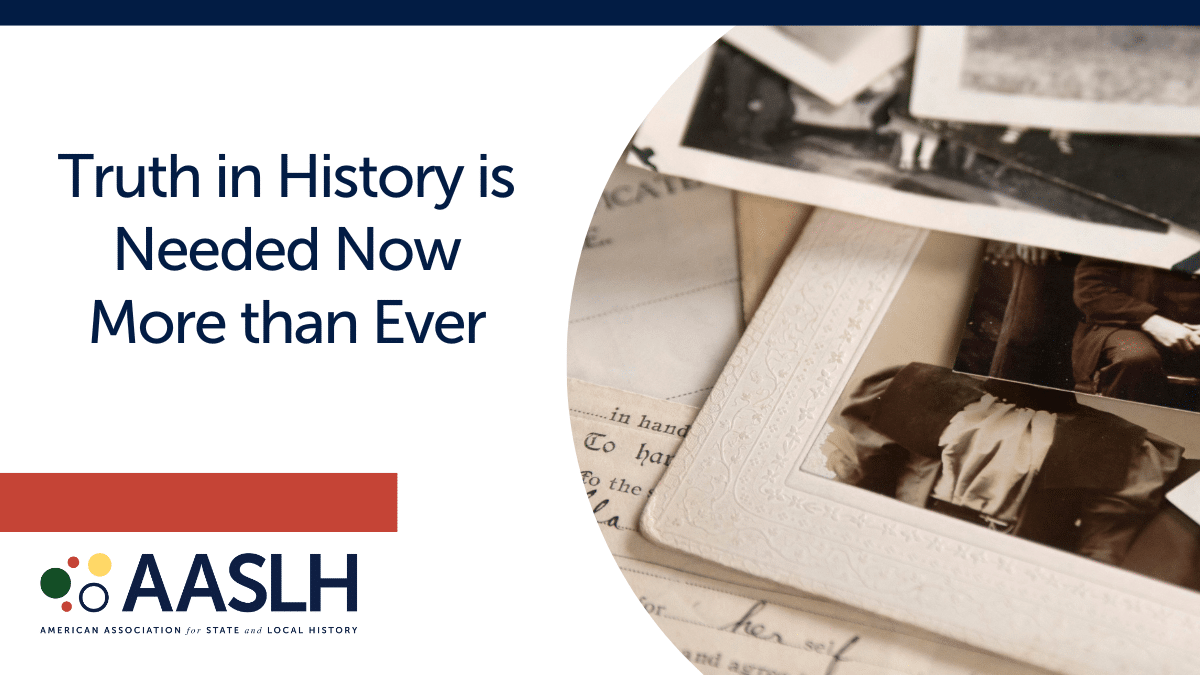
By Avi Decter and Ken Yellis
The long-term impact of the pandemic on American museums is hard, if not impossible, to predict. At the moment, one immediate outcome is likely to be the closing or merger of many financially fragile museums. But if history is any guide, long-term consequences will probably manifest as an integral part of larger political, social, demographic, or economic shifts. No one factor can account for the development of new kinds of American museum nor their proliferation over more than a century. Instead, key changes in the evolution and make-up of the American museum field can be traced to a variety of discrete historical factors.
A century and a half ago, a number of museums, many of them quite substantial, came into being as an aspect of America’s nationalist project―an assertion that American culture, like American economic power, was ready to dominate the world. Among those initiatives were the American Museum of Natural History (1869) and the Metropolitan Museum of Art (1870) in New York and the Museum of Fine Arts in Boston (1870), followed closely by the Smithsonian Institution, which in 1873 began to morph into a national museum of science, the humanities, and the arts. This nationalist project continued to populate the American landscape with new museums through World War I, despite the horrific Spanish Flu pandemic, and well into the 1920s.
Another key shift in the American museum field occurred as a result of a tremendous demographic shift―the Baby Boomer wave. The first children’s museum was founded in 1899 (the Brooklyn Children’s Museum), but the Association of Children’s Museums (ACM) dates only to 1962―a testament to the proliferation during the post-war decades of new children’s museums, science and hands-on learning centers, and discovery spaces in established museums of art and history. Innovative museum directors and pioneering educational theorists are generally credited with expanding sites for the engagement of children and their families, but the underlying demographic shift and the rise of a child-centered culture in post-war America appear to have been decisive influences and driving forces in the growth of this sector of the museum field.

The Civil Rights movement and the rise of identity politics in the 1970s and ’80s wrought an even more dramatic alteration of the museum landscape and unleashed much creative energy. The assertion of racial and ethnic identities led inexorably to a radical expansion of what have been termed “culturally specific” museums (a term that may apply equally to so-called mainstream museums, as well). Before 1950, there were about thirty African American history museums in the U.S., most sponsored by historically Black colleges. Today, the Association of African American Museums (AAAM) has more than 120 institutional members. In 1977, only seven Jewish museums in the country were professionally staffed; today more than sixty institutions are members of the Council of American Jewish Museums (CAJM). Latinx, Asian, and Native American museums have also multiplied in recent years as assertions of racial and ethnic identities remain powerful and relevant.
The full-blown arrival of new digital technologies, exemplified by the internet, at the turn of the current century has led to a radical shift in and expansion of American museums’ capacity for communication and outreach. These digital technologies opened the world for users in an unprecedented fashion―one of the key functions that museums (among other legacy institutions) long saw as their role. Until the pandemic hit, museums have been uneven in their embrace of digital technology and possibilities. But in the face of national and local shut-downs, many museums have invested heavily in using the internet as a platform to engage, inform, and build loyalty.
We are, therefore, experiencing an exponential expansion of the virtual museum. And with this comes a new possibility: what museums can do, perhaps, that nothing else seems able to do is help visitors to structure and frame what this all means.
What will be the lasting consequences of a global pandemic, mass social distancing, the shut-down of national economies, and the intense resurgence of racial and social protest? Hard to say, but we can say there is reason to think the United States will continue to be a Nation of Museums. Since the Civil War, museum-making has been an important aspect of how America and its many peoples and cultures and generations and regions and cities have defined and expressed themselves. Patterns of community self-awareness have led to a continent rich in museums offering a remarkable array of experiences. These impulses are unlikely to be undone any time soon.
Museums have long demonstrated their versatile ability to transform themselves and learn to speak in many voices. They have also demonstrated their ability to respond to―and even to come into being because of―social movements, deep concerns, and communal needs. We don’t typically think of museums as answers to questions, but that’s exactly what they are and that is exactly what they will need to be in the future that awaits us.
Avi Decter ([email protected]), principal of History Now, has worked in public history for over forty years, and is the author of Interpreting American Jewish History at Museums and Historic Sites. His many projects include the Boott Cotton Mill at Lowell National Historical Park; the U.S. Holocaust Memorial Museum; Louisville Slugger Museum and Visitor Center; and the National Civil War Museum in Harrisburg, Pennsylvania.
Ken Yellis ([email protected]), principal of Project Development Services, is a historian with four decades in the museum field. Yellis has worked extensively with the Museum Education Roundtable and has been involved in over a hundred history, science, and art exhibitions.
How is your institution coping with COVID-19? Share your ideas and experiments with the field on our blog. Email [email protected] to submit a blog post.



